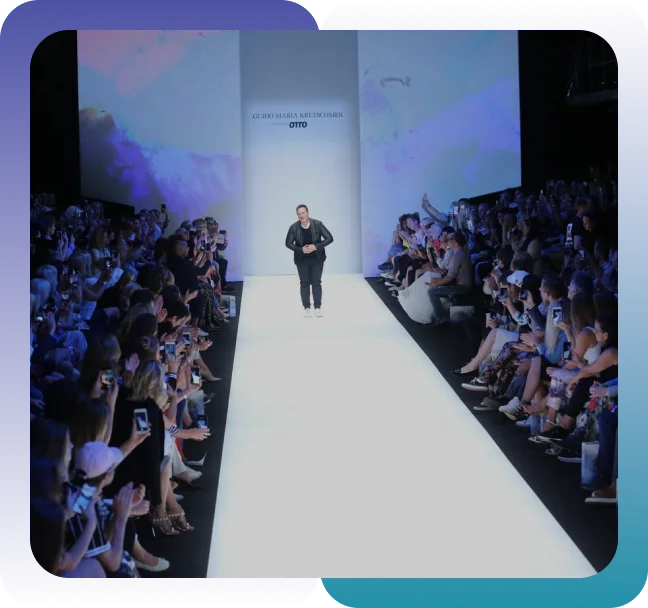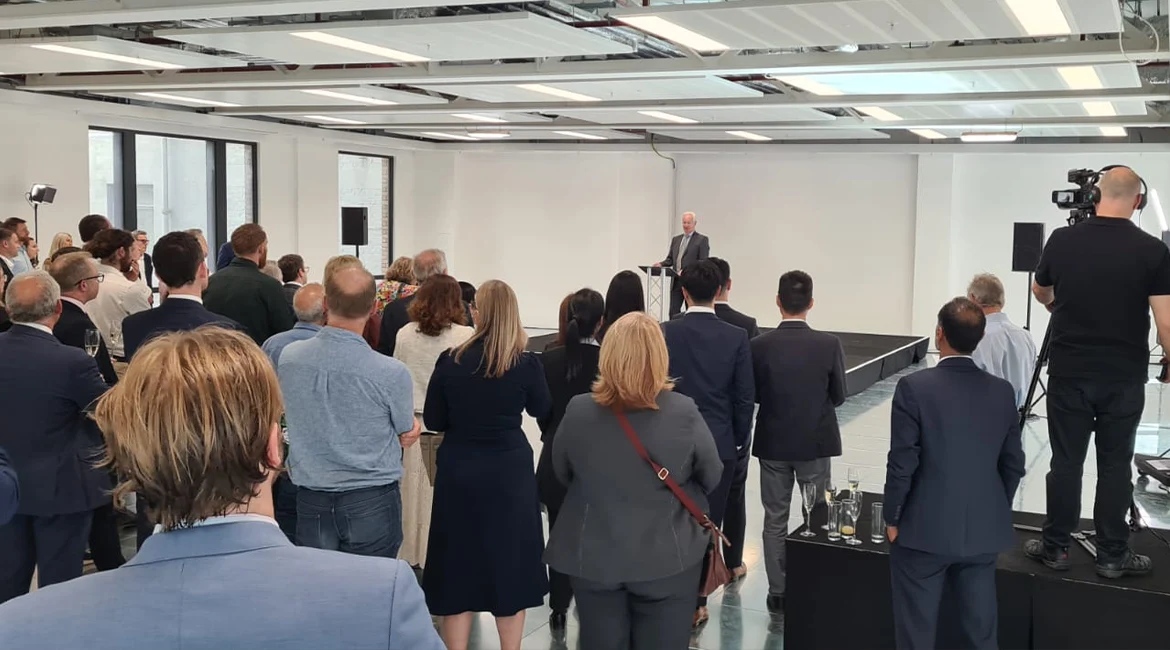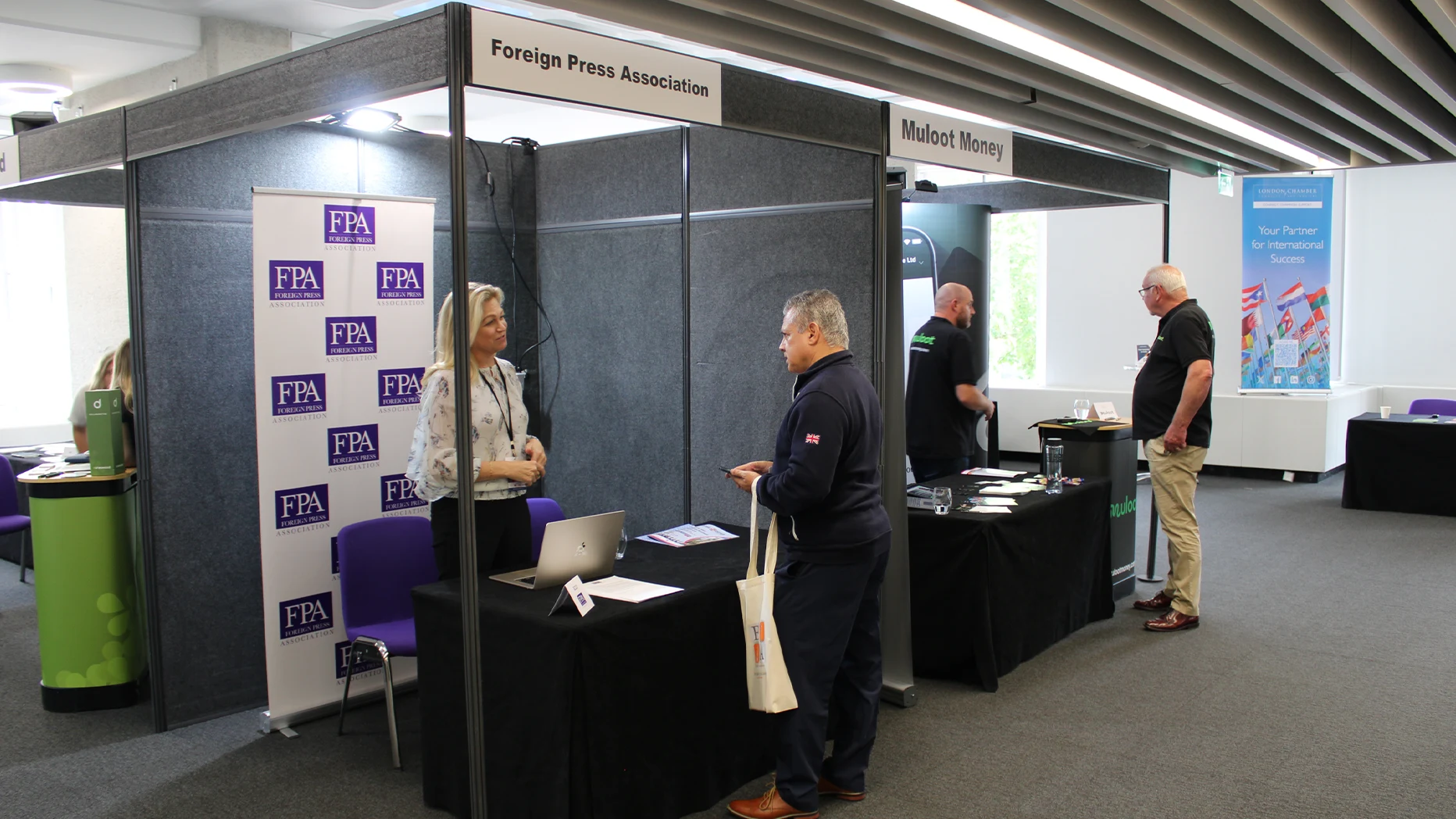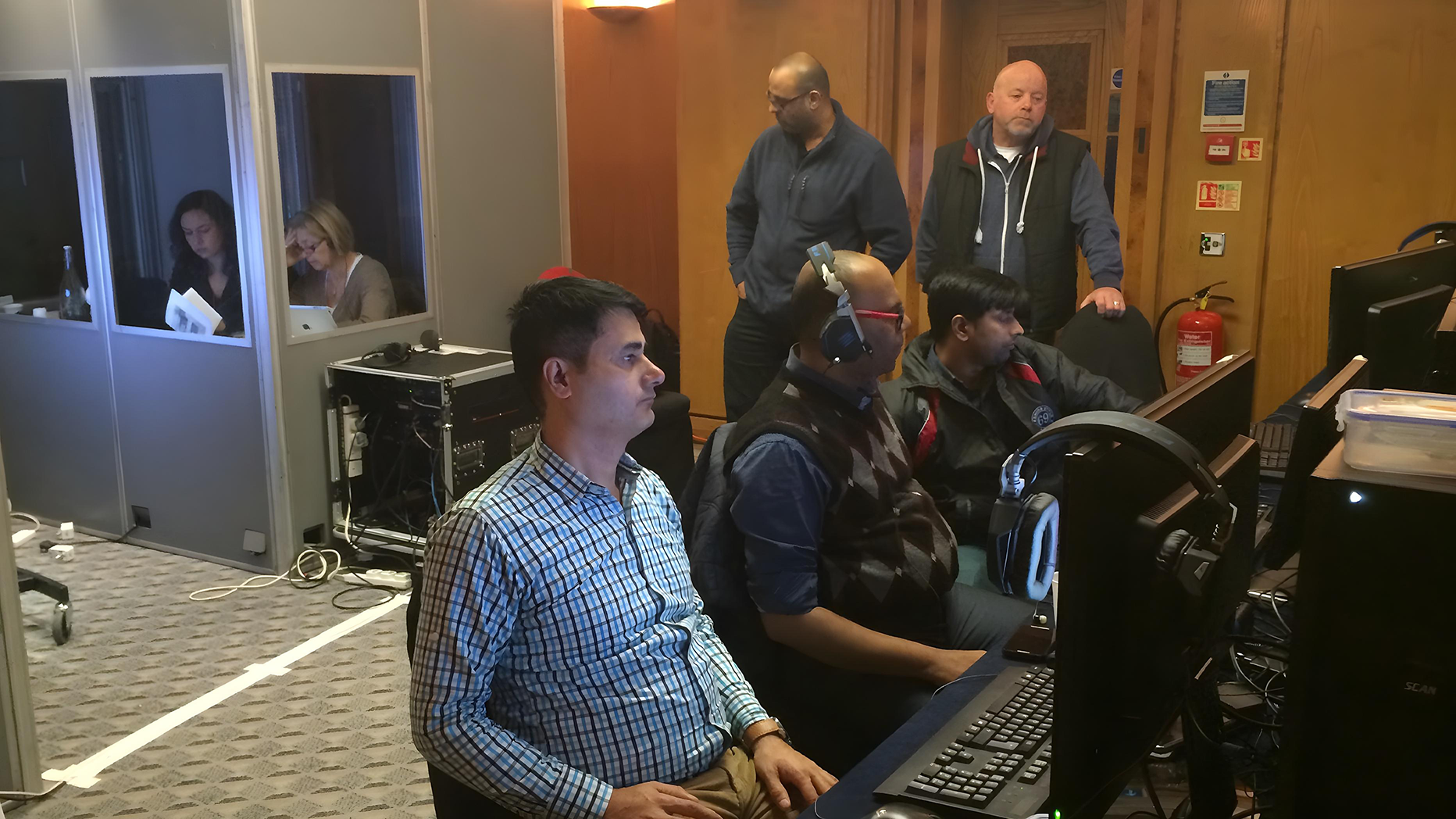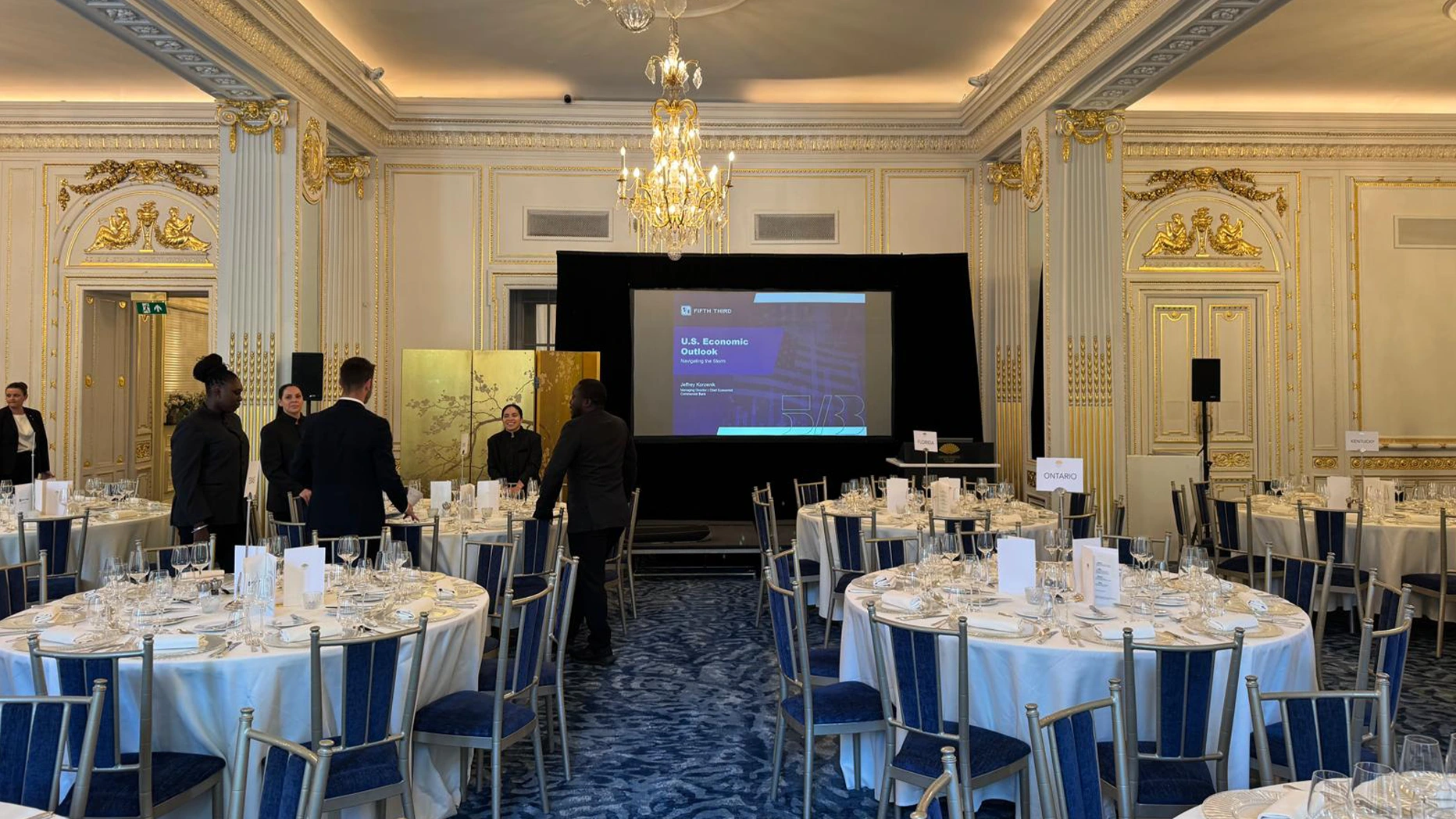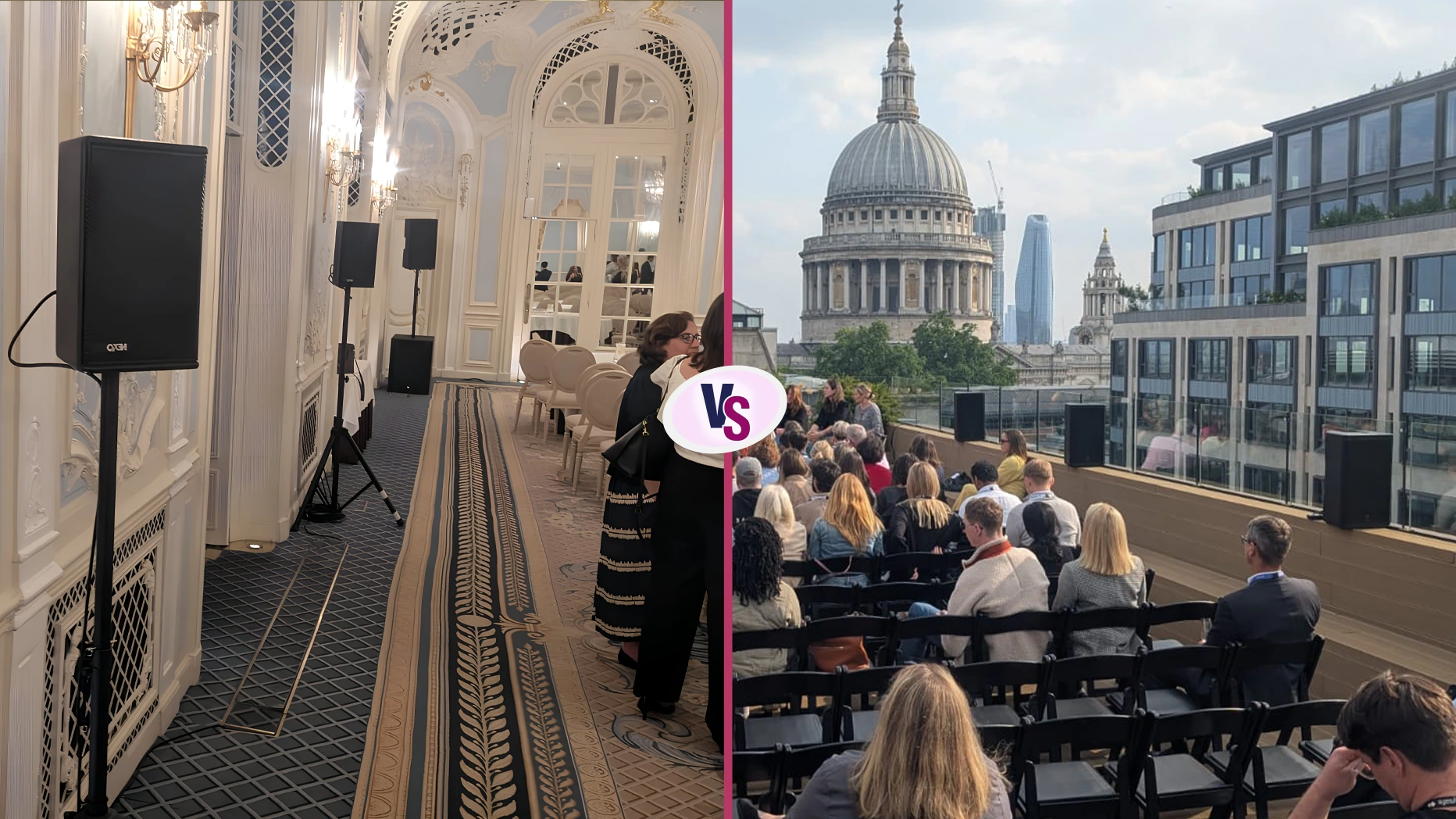A fashion show is not just about stylish outfits. It is an experience. Whether you are planning a runway event for a designer, charity, or local talent, it takes creativity, organisation, and attention to detail. Every detail matters, from securing the perfect venue to coordinating models, lighting, and backstage logistics.
10 Expert tips for organising a fashion show
A fashion show looks glamorous, but behind the scenes, it requires careful coordination and strategic execution. The overall experience is shaped by crafting the little details. The attention to small details—like lighting cues or model timing—shapes the overall impact. Here are 10 pro tips to help you organise a smooth and successful fashion show.
1. Define your theme and purpose
Before anything else, decide on your theme and the reason for your show. Is it to showcase a designer’s new collection? Raise money for charity? Or promote local talent? To ensure you pick the right theme, ask yourself the following questions:
- What is the mood and style of the show?
- Who is the target audience?
- What message should the designs convey?
A strong theme will guide everything from venue decor to music and lighting. Your theme should be reflected in every element of the show, from invitations to model styling and even the overall ambience of the event.
A clear theme helps create a cohesive experience that keeps the audience engaged and excited.
2. Set a budget
Budgeting is key to turning your vision into reality. Plan how much you can spend on the venue, models, marketing, and equipment. Thus, it is best to break down your budget into the following:
- Venue rental.
- Model fees.
- Hair and makeup.
- Lighting and sound.
- Marketing and promotions.
- Decorations and stage setup.
- Photography and Videography.
- Event staff and security.
Sticking to a budget will help you avoid unnecessary stress later on. Consider seeking sponsorships or collaborations to help with costs. Partnering with fashion brands, beauty salons, or local businesses can provide additional funding or services in exchange for promotion during your event.
3. Choose the right venue
The location sets the tone for your event. Pick a venue that matches your theme, whether it’s a grand hall, an outdoor space, or a trendy art gallery. Also, make sure it accommodates your audience.
- Does it have a runway or space to create one?
- Is there proper lighting and sound equipment?
- Can it fit your expected audience comfortably?
- Is it easy for guests to access?
- Does it offer backstage space for model prep?
- Are there dressing rooms or an area for quick outfit changes?
Your venue should look stunning and be functional for smooth event execution. Consider logistics like parking, security, and technical support to avoid last-minute hiccups.
4. Assemble your team
A great fashion show is not a one-person job. You need a strong team to bring your vision to life. Some of the key roles of your team must be the following:
- Event coordinator: Oversees everything and keeps things on schedule.
- Fashion designers: Provide the outfits and set the creative direction.
- Models: Showcase the fashion articles with confidence and grace.
- Stylists: Handle hair, makeup, and accessories to align with the theme.
- Tech team: Manage lights, music, and visuals to enhance the atmosphere.
- Backstage assistants: Help with outfit changes and last-minute fixes.
- Photographers & videographers: Capture the best moments for future promotions.
An organised team ensures every part of the show runs smoothly. Hold regular meetings to discuss updates, responsibilities, and potential challenges.
5. Book your models and stylist early
Great models and stylists get booked fast, especially during the season. Thus, book the best ones as fast as you can. So they can rehearse and perfect their looks before the show. Want some tips on selecting models? Check the following:
- Choose models that fit your theme and brand aesthetic.
- Ensure they have experience in walking a runway and posing confidently.
- Hold a casting call if needed to find the right fit.
- Provide detailed instructions on wardrobe and styling expectations.
Your hair and makeup team should also be top-notch. Share inspiration boards and conduct test runs to ensure the final look complements the outfits. A polished presentation adds professionalism to your event.
6. Plan the runway and lighting setup
A nicely designed runway makes a big difference. It should give every audience member a clear view of the fashion. To make sure everything is viewable from all angles, try the following tips for lighting and stage essentials:
- Use spotlights to highlight models and showcase the details of the outfits.
- Make sure the backdrop fits your theme and enhances the runway.
- Ensure the music enhances the mood and matches the pacing of the show.
- Test the setup before show day to avoid technical issues.
- Consider LED lighting effects or projectors for a dramatic touch.
The placement of the runway should ensure that the models can move comfortably and that the audience has a great view from everywhere. Work with professionals to optimise the stage layout for maximum impact.
7. Create a show schedule and rehearse
A well-timed show keeps the audience super engaged. Plan a detailed schedule, including model walk times and outfit changes. Must have the following elements in your timeline.
- Model lineup and outfit order.
- Walk duration per model.
- Breaks or entertainment between segments.
- Transitions between different designers or collections.
Run full rehearsals before the event to fix any timing issues and ensure smooth transitions. Rehearsals also help models practice their walks, poses, and pacing, ensuring they look confident and poised during the show.
8. Promote your event
No one will come to your show if they don’t know about it. Spread the word through different channels.
- Social media (Instagram, Facebook, TikTok)with teaser posts and countdowns.
- Events listings and press releases to local media outlets.
- Influencer and blogger collaborations to generate buzz.
- Posters and flyers in fashion boutiques and design schools.
- Creating an event hashtag for audience engagement.
A strong promotional campaign ensures your show gets the audience it deserves. The more anticipation you build, the more successful your event will be.
9. Prepare for last-minute challenges
No event is 100% smooth, so be ready for surprises. Some of the most common issues and solutions are the following:
- Wardrobe malfunctions: have safety pins, tape, and a sewing kit ready.
- Late models or staff: have backups on standby.
- Tech failures: test everything and have spare equipment.
- Weather issues for outdoor events: have backup indoor locations.
- Overbooking or guest seating issues: plan for extra chairs or a standing area.
Anticipating potential problems allows you to respond quickly and keep the show running seamlessly.
10. Engage your audience and capture the moment
A fashion show is more than just models walking down a runway; it’s an experience to make sure your audience is engaged, and your event is well-documented. How to make it memorable:
- Hire photographers and videographers to capture the best moments.
- Live stream the event for online viewers who can’t attend.
- Encourage social media sharing with a unique hashtag.
- Offer a Q&A or after-party for networking and brand exposure.
A show that people talk about afterwards is a show done well. Engaging with your audience before, during, and after the event ensures that your brand leaves a lasting impression.
Final thoughts
A successful fashion show requires creativity, organisation, and teamwork. Proper planning allows you to create a stunning event that leaves a lasting impression on your audience. So what are you waiting for? Let’s work together and turn your dream fashion shows into reality.
